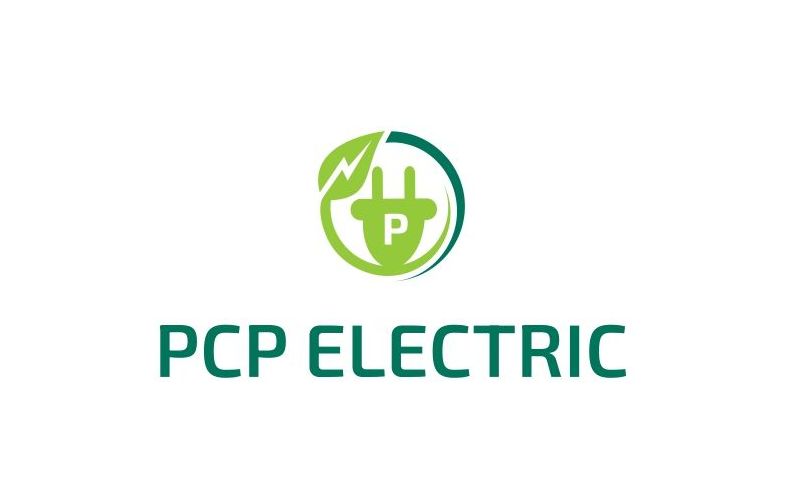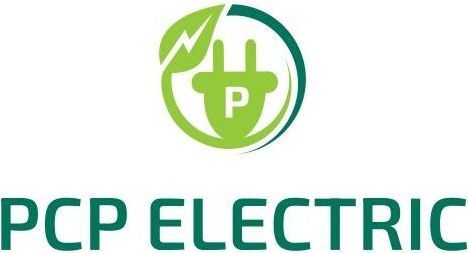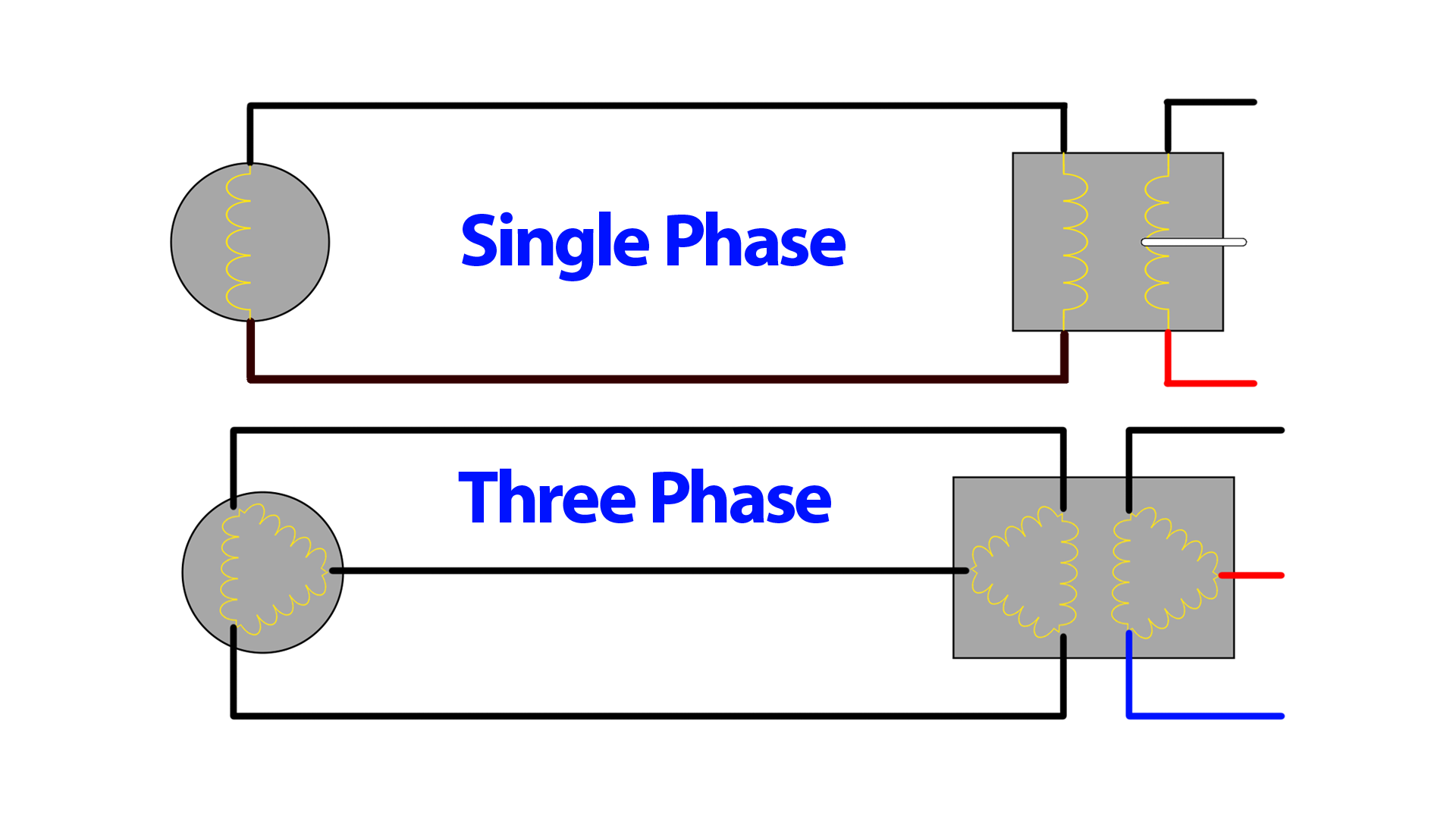Single Phase vs Three Phase Power Explained
Single Phase vs Three Phase Power Explained
Electricity powers everything around us, but not all power systems are the same. If you’ve ever heard the terms “single phase” and “three phase,” you might wonder what they mean and why they matter. These two types of electrical supply are used in different settings, each with unique strengths and purposes.
Understanding the differences is essential not only for engineers and contractors but also for businesses and homeowners making decisions about equipment, wiring, and safety. In this guide, we’ll break down the basics of single phase and three phase power in a way that’s simple to understand.
What is Single Phase Power?
Single phase power is the type of supply most people are familiar with. It delivers electricity using just two wires which is one live and one neutral. This is what powers most homes and small offices.
- Voltage: In Singapore and many other countries, single phase supply usually delivers 230V.
- Common Uses: Lighting, small appliances, air conditioners, and basic office equipment.
- Advantages:
- Cost-effective for smaller loads.
- Easy to install and maintain.
- Limitations:
- Not suitable for heavy-duty machinery.
- Can experience voltage fluctuations under high demand.
In short, single phase is perfect for residential needs and small commercial setups where power demand is modest.
What is Three Phase Power?
Three phase power, on the other hand, is designed for heavier loads. Instead of two wires, it uses four wires which three live wires and one neutral. This allows electricity to be delivered more efficiently and consistently.
- Voltage: In Singapore, three phase typically provides 400V.
- Common Uses: Industrial facilities, factories, large commercial buildings, and equipment with high power requirements.
- Advantages:
- Handles higher loads without strain.
- Provides a steady and reliable supply.
- Supports heavy machinery and equipment.
- Limitations:
- More complex and costly to install.
- Not necessary for smaller households.
For industries that depend on stable and powerful electricity, three phase systems are the standard.
Key Differences Between Single Phase and Three Phase
| Feature | Single Phase | Three Phase |
|---|---|---|
| Wires | 2 (Live + Neutral) | 4 (3 Live + Neutral) |
| Voltage | ~230V | ~400V |
| Best For | Homes, small offices, light loads | Factories, commercial buildings, heavy loads |
| Cost | Lower setup and maintenance | Higher setup but efficient for large scale |
| Stability | May fluctuate under load | Stable and balanced |
Choosing Between Single Phase and Three Phase
The choice between single and three phase depends mainly on your energy needs:
- For Homes: Single phase is usually more than enough. Unless you have very high-consumption appliances or specialized equipment, three phase is unnecessary.
- For Businesses: Small shops and offices may still use single phase, but larger spaces often require three phase to handle lighting, cooling, and equipment without interruptions.
- For Industries: Three phase is the clear choice, as factories and warehouses need consistent power to operate machinery, production lines, and systems simultaneously.
Not sure what your facility needs? PCP Electric can assess your requirements and recommend the right solution.
Also read What’s the Difference Between MCB, MCCB, and ELCB?
Why Businesses Should Pay Attention
Choosing the wrong power setup can cause issues:
- Equipment damage due to unstable supply.
- Higher electricity costs from inefficiencies.
- Frequent downtime if systems are overloaded.
This is why businesses should consult with experienced electrical suppliers and ensure that components such as breakers, meters, and switchgear are properly rated for their system.
Tip: If you’re expanding operations, it may be worth upgrading from single phase to three phase to avoid future problems.
The Role of Quality Electrical Components
Whether you use single or three phase, the reliability of your system depends heavily on the components you choose. Circuit breakers, power meters, and distribution boards all play a role in protecting your equipment and ensuring consistent performance.
High-quality components:
- Prevent accidents by quickly cutting off power during faults.
- Extend the life of machines and electrical systems.
- Support energy efficiency and compliance with regulations.
Looking for dependable single phase and three phase components? PCP Electric supplies certified products and offers technical support for Singapore businesses.
Final Thoughts
Electricity is the backbone of modern life, and the choice between single phase and three phase power depends on how much energy you need and how stable your supply must be. While single phase is ideal for homes and small offices, three phase is the go-to for industries and large commercial setups.
Whatever your requirement, making informed choices about your power system and the components that support it will save you time, money, and stress in the long run.
Partner with PCP Electric today to find the right electrical components for your single phase or three phase system and keep your operations running smoothly.



